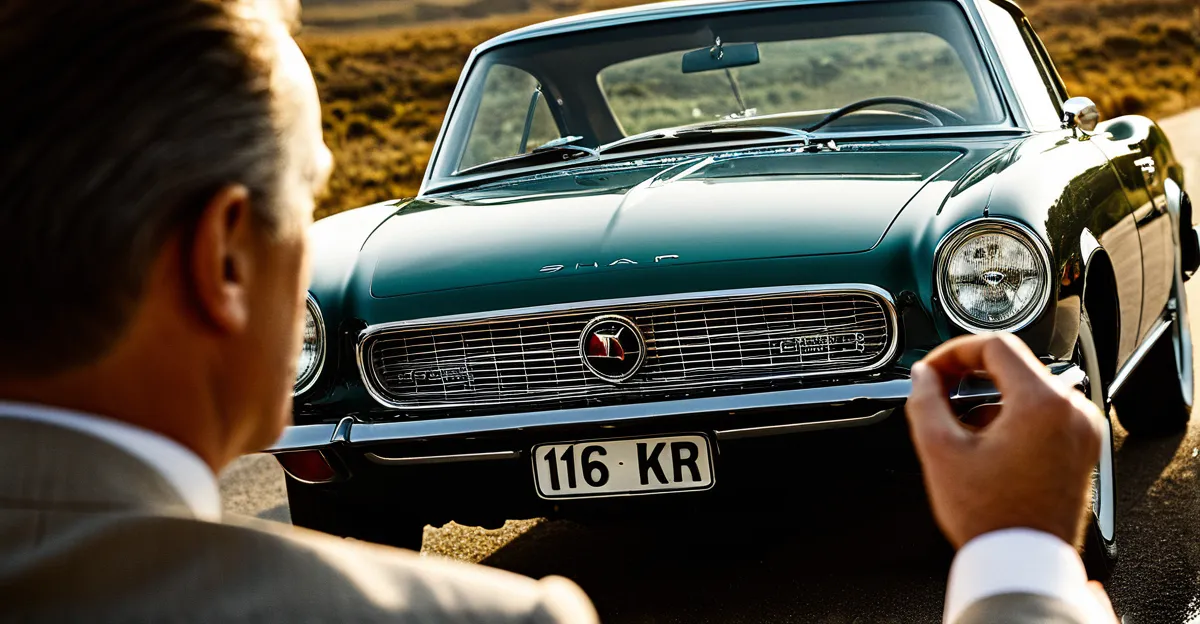Technological Innovations Transforming Classic Cars
Classic cars technology is evolving rapidly, primarily through modern advancements that blend tradition with innovation. One of the most significant trends is the integration of electric conversions. This involves replacing original combustion engines with electric powertrains, providing vintage vehicles with enhanced efficiency, reduced emissions, and quieter operation. Such conversions retain the classic aesthetic while upgrading the drivetrain for modern usability.
Further, classic cars are increasingly equipped with smart features and infotainment systems, improving comfort and convenience without compromising the vehicle’s original charm. These systems include touchscreens, Bluetooth connectivity, and navigation tools—all subtly integrated to maintain the classic interior’s authenticity.
This might interest you : How Does the UK Automotive Industry Influence Environmental Policies?
Another breakthrough involves the use of 3D printing for parts manufacturing. This technology allows for precise reproduction or even improvement of rare or obsolete components that are otherwise difficult to source. 3D printing reduces restoration time and cost, enabling enthusiasts to maintain their vehicles in better condition over time.
By embracing these classic cars technology innovations, owners can enjoy the best of both worlds: the nostalgic appeal of vintage cars combined with the benefits of cutting-edge technology.
Also to read : What Innovations Are Leading the Future of the UK’s Automotive Industry?
Enhancing Safety, Performance, and Sustainability
Classic cars technology now prioritizes safety upgrades without detracting from the vehicle’s original character. Modern advancements allow the discreet installation of systems like ABS (Anti-lock Braking System), traction control, and airbags, significantly reducing accident risk while preserving the classic interior and exterior design. These improvements offer peace of mind for owners who enjoy driving their vintage cars on today’s busy roads.
Performance improvement is another key aspect. Through contemporary engineering and diagnostic tools, enthusiasts can finely tune engines and suspensions. For example, recalibrating fuel injection or upgrading braking systems enhances reliability and driving dynamics. These modern advancements enable classic cars to meet current performance expectations while respecting their vintage heritage.
Sustainable restoration is gaining traction in classic cars technology. Restorers increasingly use eco-friendly materials and techniques to minimize environmental impact. This involves employing sustainable coatings, recycled parts, and energy-efficient processes, contributing to longer-lasting restorations and reduced waste. By integrating sustainability, owners support preservation that benefits both the car and the planet.
Digital Tools Redefining Restoration and Collecting
Digital restoration harnesses 3D modeling and scanning technologies to revolutionize classic cars technology. Precise 3D imaging captures intricate details of vintage parts, enabling restorers to design accurate reproductions. This method reduces errors common in traditional restoration, ensuring components fit perfectly and maintain historical authenticity.
Classic car collecting benefits greatly from digital platforms. Online auctions and marketplaces streamline access to rare vehicles, expanding opportunities for enthusiasts worldwide. Communities thrive through social media and dedicated apps, facilitating knowledge sharing and collaboration among collectors.
Mobile applications play a crucial role in maintenance and provenance tracking. They provide owners with detailed histories, service records, and value estimations, enhancing reassurance and investment confidence. Such tools simplify managing classic cars technology by consolidating critical information in one accessible interface.
Together, these digital innovations improve restoration accuracy and broaden the classic car community. By integrating digital restoration, classic car collecting becomes more efficient and connected, encouraging both novice and seasoned collectors to engage more deeply with vintage automotive culture. The fusion of tradition and technology here epitomizes the ongoing evolution in classic cars technology.
Expert Insights and Real-World Examples
Experts in tech-integrated classic cars emphasize that merging tradition with innovation demands careful balance. Restoration specialists note that applying modern advancements like electric conversions must honor a vehicle’s original character while enhancing usability. According to expert opinions, the true challenge lies in selecting technologies that improve performance and safety without overshadowing the car’s heritage.
Several notable case studies illustrate successful modernization. For instance, classic models converted to fully electric powertrains maintain their iconic look but gain substantial improvements in efficiency and emissions. Owners report enhanced drivability and lower operating costs, confirming that electric conversions are practical and sustainable.
Industry experts also highlight how integrating discreet digital systems, such as advanced diagnostics or connectivity tools, adds value without compromising authenticity. These additions simplify maintenance, preserve provenance, and improve overall ownership experience.
Analyzing owner experiences reveals enthusiasm for embracing classic cars technology when done thoughtfully. This approach respects the past while equipping vintage vehicles with contemporary convenience and reliability.
In sum, expert insights and real-world examples demonstrate that classic cars technology advances most successfully when restoration skill aligns with thoughtful technology integration.




